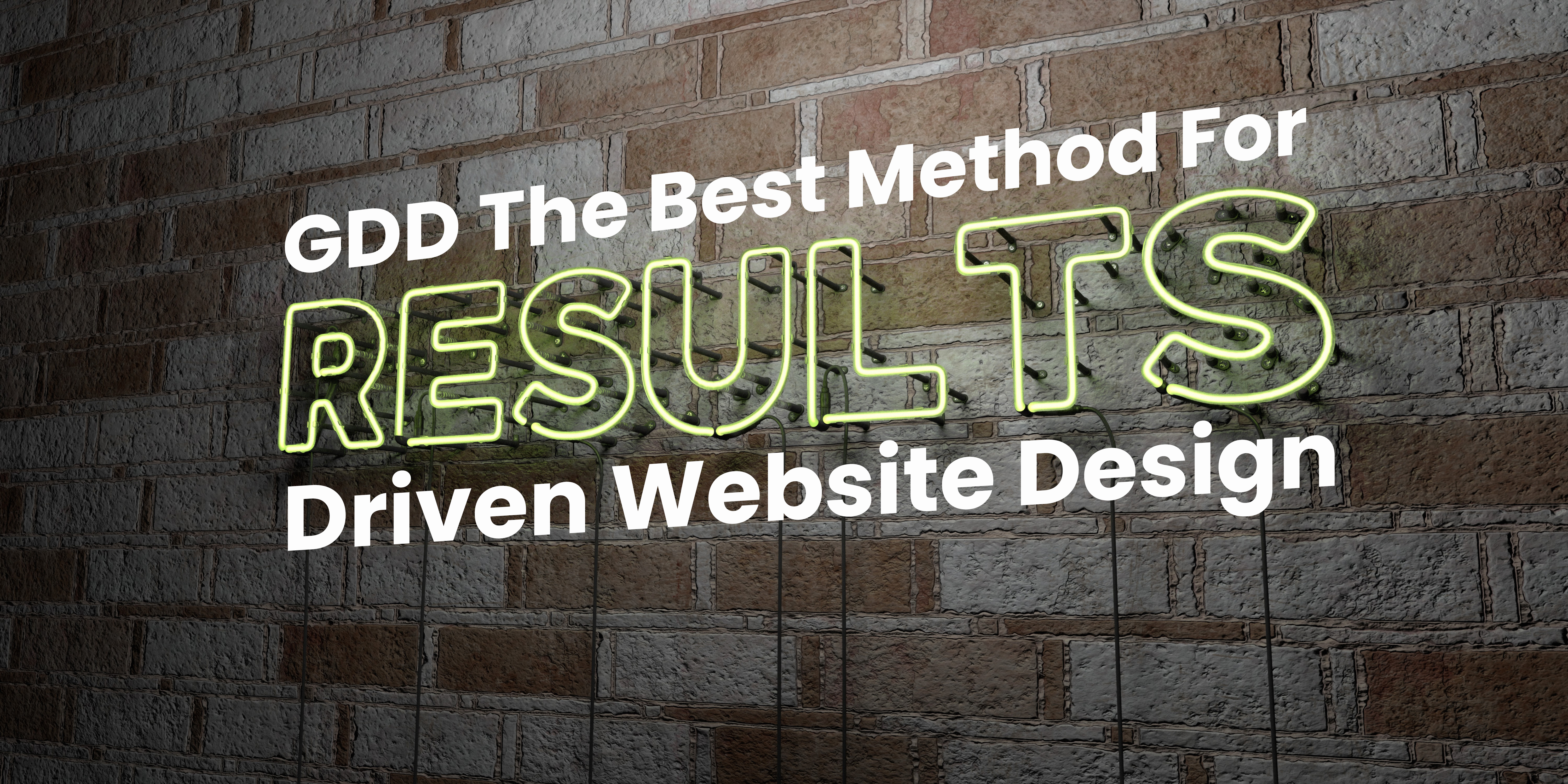When it comes to growing a business, transitioning from start-up status to a sustainable growth phase requires strategic adjustments. Early on, founders often drive momentum with hard work, a deep understanding of their mission, and a small team. Yet, as business needs become more complex, this approach alone can only take you so far. When businesses invest in tools like HubSpot, the power to scale efficiently is within reach, but many fail to close the critical "Adoption Gap."
Here at Real Inbound, we've experienced this first-hand with our clients: they purchase HubSpot to streamline growth, but without a proper adoption strategy, its value diminishes. Closing the HubSpot Adoption Gap means not only learning how to use the CRM but also embedding it into every operational and strategic aspect of your business. It’s a growth catalyst and a foundation for sustainable success.
In this article, we’ll explore how closing the HubSpot Adoption Gap impacts key areas of your business—leadership, marketing, sales, and operations. Let’s break down why bridging this gap isn’t just about utilising software but about driving scalable, data-driven growth in every function.
- Leadership: Moving from Passion-Driven to Data-Driven Direction
Leadership in a growing business evolves from instinct-led decisions to a strategic, data-backed approach. Initially, the founder might drive most business directions based on passion and a strong vision, and this works well for smaller operations. However, as you scale, the business demands a more refined leadership model.
Closing the HubSpot Adoption Gap plays an instrumental role in this transformation. Here’s how it supports evolving leadership:
- Data-Driven Decision-Making: HubSpot’s analytics give leaders visibility into customer behaviour, sales performance, and marketing effectiveness. This data isn’t just numbers; it’s actionable insights that drive strategic decisions. Leadership can leverage this information to set precise goals, track performance, and make informed decisions based on real-time data.
- Defining Company Culture: Effective adoption of HubSpot also sets the tone for company culture. A well-integrated CRM promotes transparency, accountability, and efficiency. By standardising processes through HubSpot, you’re not only creating a more efficient organisation but also reinforcing a culture of continuous improvement, which boosts team morale and drives alignment with company goals.
- Optimising Leadership through Performance Metrics: Leaders can harness HubSpot to create performance dashboards that track metrics across departments. For instance, tracking lead response times, conversion rates, and customer retention rates provides insight into areas needing improvement, enabling leaders to address issues proactively.
- Empowering New Leaders: Growth often requires bringing in additional leadership roles. The data available within HubSpot equips these new leaders to understand the existing frameworks quickly, allowing them to hit the ground running and contribute effectively to the company’s growth trajectory.
- Marketing: Reaching the Right Customers with Precision and Purpose
As your business grows, so do your marketing needs. Moving beyond general awareness to targeted, data-driven marketing strategies is essential for reaching the right audience effectively. For Real Inbound, this shift in marketing strategy is where we see the real potential of HubSpot come into play—if adopted fully.
Here’s how closing the adoption gap enables a more sophisticated approach to marketing:
- Ideal Customer Profile (ICP) Development: HubSpot enables you to create detailed customer profiles by tracking interactions, preferences, and feedback. Closing the adoption gap means leveraging this data to refine your ICP over time, helping you reach the right audience with the right message, at the right time.
- Product-Market Fit & Messaging: One of the biggest challenges as a business scales is ensuring that messaging resonates with the target audience. HubSpot allows you to test and refine your marketing messages across different channels and segments. By embracing HubSpot’s capabilities, you can continually optimise messaging for better engagement and conversion, avoiding the risk of messaging that misses the mark.
- Multi-Channel Awareness & Response: HubSpot’s tools help you understand which channels are most effective in reaching and engaging customers. By tracking response rates and engagement across email, social media, and web channels, you can focus on the channels that generate the most value. This approach not only saves resources but also increases the likelihood of reaching and engaging your target audience.
- Real-Time Data for Campaign Optimisation: With full adoption, HubSpot provides ongoing insights into how marketing campaigns are performing, allowing teams to make real-time adjustments. We’ve seen companies waste resources on campaigns that don’t work simply because they lacked insights. Proper HubSpot adoption removes this guesswork, making it easy to pivot and optimise in real time.
- Sales: Building a Scalable Sales Framework
Sales efforts at a start-up stage are often informal and founder-led, but as your business grows, it’s crucial to build a structured sales framework. This allows you to scale sales operations and bring new team members on board without losing consistency. HubSpot has an array of tools designed to support this shift, but only with full adoption can your sales team realise their full potential.
- Standardised Playbooks for Consistency: HubSpot allows you to create and enforce playbooks that detail every step of the sales process, from initial contact to closing. This standardisation ensures that every salesperson communicates the same value propositions and follows a tested, consistent approach. By bridging the adoption gap, your team can operate more cohesively and with less guesswork.
- Sales Performance Optimisation: HubSpot’s sales analytics show conversion rates, deal progression, and other metrics that highlight where sales processes can be improved. When fully adopted, these insights enable your sales team to pinpoint bottlenecks, adjust their approach, and improve their close rates—all based on concrete data.
- Pipeline Visibility and Forecasting: For growing companies, managing and predicting cash flow is critical. HubSpot’s pipeline visibility allows sales leaders to track deals and revenue projections accurately, aiding in realistic forecasting. We’ve found that businesses closing the adoption gap have a much clearer view of their revenue trajectory, which empowers them to make strategic investments.
- Identifying Effective Sales Channels: HubSpot provides data on which channels yield the most conversions, allowing you to focus on what works best. Closing the adoption gap enables your sales team to understand which channels are worth pursuing and which ones may not offer a high return on investment.
- Operations: Codifying and Scaling Processes for Efficiency
As a company scales, operational efficiency often determines how quickly and effectively it can grow. HubSpot’s tools can be instrumental in refining and codifying operational processes, but only if these tools are fully integrated into day-to-day activities. Here’s why closing the HubSpot Adoption Gap is so essential to operational excellence:
- Standard Operating Procedures (SOPs): As your team grows, so does the need for standardised, repeatable processes. HubSpot allows you to create workflows, automate tasks, and streamline communication across departments, enabling you to create SOPs that can be replicated consistently across teams.
- Data-Driven Efficiency Improvements: With HubSpot’s reporting and tracking, operations leaders can identify inefficiencies and bottlenecks in real-time. Whether it’s delayed handovers, communication lags, or redundant processes, HubSpot offers the data to pinpoint and eliminate these issues. Closing the adoption gap means continuously improving and refining your operational processes.
- Scaling the ‘Way of Doing Things’: HubSpot can serve as a digital repository for all your processes, enabling your team to have a central place to turn to for guidance. By documenting workflows, best practices, and SOPs in HubSpot, you’re building a scalable infrastructure that grows with your business.
- Alignment Across Departments: One of the biggest challenges for scaling businesses is keeping all teams aligned. HubSpot acts as a single source of truth, allowing sales, marketing, and operations to coordinate efforts and maintain consistency in approach and communication.
The Financial and Growth Costs of Not Closing the HubSpot Adoption Gap
The financial cost of under-utilising HubSpot goes beyond the initial investment. When you factor in the opportunity costs, the lost productivity, and the missed revenue opportunities, the impact of the adoption gap becomes clearer. In our experience, businesses that fail to bridge this gap struggle to scale effectively, often encountering bottlenecks that prevent them from achieving their full potential.
When you fully integrate HubSpot across your business functions, you’re setting the foundation for long-term growth. By eliminating manual processes, streamlining operations, and gaining access to real-time insights, your team can focus on what matters—driving growth.
Implementing the HubSpot Adoption Gap Framework
The journey to closing the HubSpot Adoption Gap requires a structured approach. At Real Inbound, we advocate for an adoption framework that focuses on:
- Leadership Engagement: Ensuring leaders are fully invested in the adoption process, as their buy-in is crucial for success.
- Team Training: Equipping teams with the necessary training and resources to maximise HubSpot’s capabilities.
- Continuous Optimisation: Regularly reviewing and optimising processes within HubSpot to ensure the platform evolves alongside your business.
- Integration Across Functions: Embedding HubSpot into every department, aligning it with goals, processes, and performance metrics to drive cohesive growth.
Conclusion: Make the Case for Growth by Closing the HubSpot Adoption Gap
For your business to thrive beyond its start-up phase, closing the HubSpot Adoption Gap must be at the heart of your strategy. This isn’t just about using software; it’s about creating a sustainable, data-backed framework that drives growth. By aligning leadership, marketing, sales, and operations, you’re building a foundation for success that grows with your business. With the right adoption framework in place, you can make HubSpot an integral part of your journey to scale effectively.







